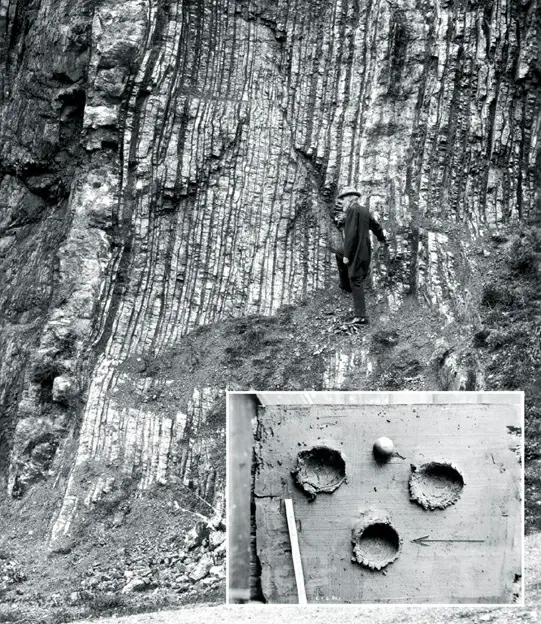The establishment of the United States Geological Survey (USGS) in 1879 marked a significant milestone in America’s commitment to exploring and understanding its vast natural resources. This federal agency, formed in the wake of the Louisiana Purchase and the Mexican-American War, was tasked with the monumental job of classifying public lands, assessing geological structures, and evaluating mineral resources across the expanding nation.
One of the USGS’s pioneering geologists, Grove Karl Gilbert, played an instrumental role in the field of geomorphology. His work included assisting John Wesley Powell on the 1874 expedition to the Rocky Mountains. Gilbert is particularly remembered for his involvement in the debate regarding the origins of a mysterious crater near Winslow, Arizona. Initially attributing the formation to a maar, a type of volcanic crater, Gilbert’s hypothesis was later overturned by USGS geologist Eugene Shoemaker in 1960, who demonstrated that the crater, now known as Meteor Crater, was the result of an asteroid impact.
Gilbert’s contributions extended beyond Earth, as he hypothesized about the lunar surface, advocating that the Moon’s craters were also a result of cosmic collisions. His insights laid the groundwork for recognizing impact cratering as a key planetary change agent. Today, the USGS continues this legacy, expanding its exploration and mapping efforts to include not just the Earth but other celestial bodies in our solar system, embodying a spirit of discovery that transcends our planet.

